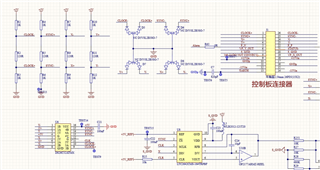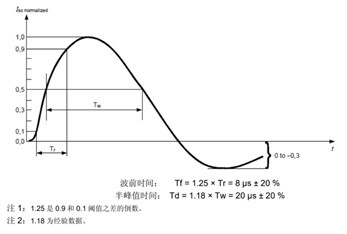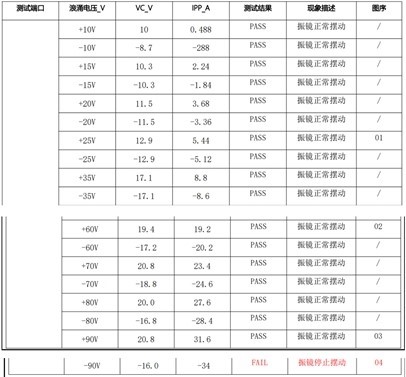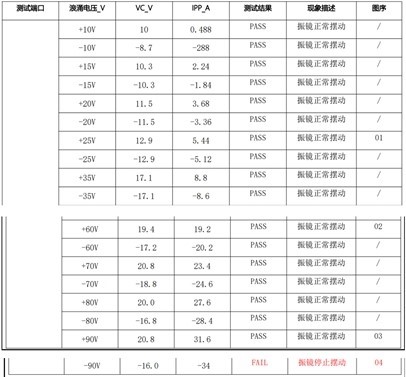Hi,
I have customers who use this chip after mass always have problems, the failure rate is very high, and the corresponding motor wobbles after the galvanometer is powered on. Before the differential signal is transferred to the single-ended signal, the tvs device is added and the surge test is done. When the surge reaches a certain value, the parts are damaged.
Please help to analyze the reasons and give suggestions.
Many thanks!
schematic diagram:





 Thanks~
Thanks~